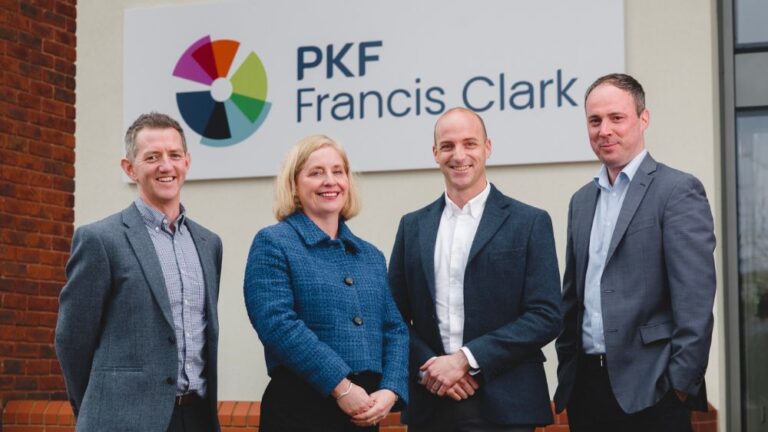
Spring Statement 2025: HMRC to combat phoenix company practices
Update since the 2025 Spring Statement
The Chancellor’s Spring Statement includes a number of proposed measures to “close the tax gap”.
HMRC has long had powers to make company directors personally liable for a company’s tax liabilities in appropriate circumstances – generally speaking when the directors have breached their duty to the company in a particularly egregious way and this has led to a significant level of unrecovered tax, especially PAYE/NIC and VAT
Included in the Spring Statement is a proposal that the Insolvency Service and HMRC will produce a plan to focus on “contrived insolvencies” and look to double the amount of tax protected from £125m to £250m.
HMRC proposes to do this by:
- Upfront payments – effectively a security deposit that the new company must make in respect of potential VAT or PAYE/NIC liabilities. The deposit amount is based on the activity level of the previous company (now insolvent) and is often substantial. If the new company does not pay, it is in breach of its obligations and there are direct consequences for the directors
- Enforcing personal liability on directors.
This regime will apply to new companies formed after liquidations and administrations. Any process which leads to a new entity under the same control as the insolvent company. Given the hostility to pre-packaged administrations they may be a particular focus.
It will be interesting to see how HMRC and the Insolvency Service decide that any particular transaction is contrived. Given the powers of HMRC it is unlikely that enforcement can easily be challenged.
What is a phoenix company?
A phoenix company is a business acquired from a formal insolvency process, often by existing directors. This process must adhere to strict guidelines to protect creditor interests.
Phoenixism can have a bad reputation, particularly where the new entity is under the same ownership and control as the previous entity. Nevertheless, it is a part of a dynamic framework to reinvigorate business assets.
The insolvency process for a phoenix company
There is a positive side to insolvency processes. They are an important mechanism for releasing assets stifled by a legacy of debt and inefficiency into a new entity free of such drags.
Use various insolvency processes to free up moribund assets.
The role of a company voluntary arrangement (CVA)
A CVA is a formal arrangement under which a company’s creditors agree to release a substantial proportion of their debts on the basis that the proposal is better for them than the alternative of liquidation or administration. The process involves an offer which must be accepted by 75% by value of unsecured creditors.
We have used the CVA process as part of an acquisition of insolvent businesses. The investor agrees to acquire the company’s shares (for £1) and introduce funds to settle historic creditors conditional upon those creditors accepting the CVA. Depending on circumstances, creditors may be settled for a small proportion of their overall claims thereby reconstructing the balance sheet of the insolvent company (whilst retaining the associated tax losses).
This process is particularly useful for companies which have unassignable contracts, licences or accreditations, where the business cannot therefore be transferred to a new entity.
The role of a pre-pack administration
A company instructs an insolvency practitioner to carry out an accelerated disposal process in a pre-pack administration. The business and assets are marketed over (usually) a short period of time, an agreement is reached for the acquisition of the business and assets, and the contact is completed immediately the insolvent company formally goes into administration.
Pre-pack administrations are unpopular with legislators and with the creditor community. They are often the least worst result for the company’s creditors, including secured creditors. A going concern transfer preserves jobs and maintains higher asset value compared to complete cessation and liquidation.
The role of a liquidation
The transfer of undertakings protection of employment regulations (TUPE) apply to pre-pack administrations. High contingent employee debt and workforce rationalisation can make TUPE liabilities prohibitive for turnaround plans.
For technical legal reasons TUPE is unlikely to apply to a liquidation transfer.
The process is less seamless than a pre-pack administration. Creditors must be notified of the liquidation, and the sales contract cannot be completed until the notice period expires and a liquidator is appointed. There has to be a break in trading.
If you are acquiring a business from an insolvent or potentially insolvent vendor, consider using an insolvency process. Despite generally avoiding formal insolvency, an insolvency process as part of the acquisition process can be a valuable tool.
Our Business Recovery team can help you evaluate and structure the deal.
Written by











